
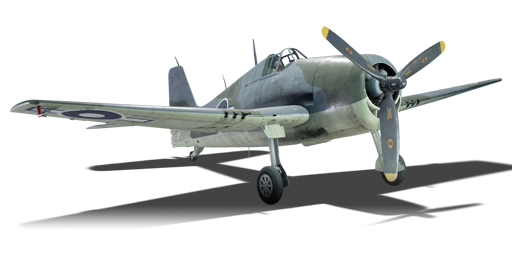


The Hellcat Mk II (Great Britain) is a premium British fighter. It has been in the game since the start of the Open Beta Test prior to Update 1.27 as the Hellcat Mk I, but was renamed to the Hellcat Mk II in Update 1.65 "Way of the Samurai".
The Hellcat Mk II is nearly identical to the American non-premium F6F-5 Hellcat, both can carry a wide array of weaponry for ground attack, but the British one has a good premium boost for Silver Lions and Golden Eagles, making it an effective researcher for many British Rank 4 aircraft. Just like the American Hellcat, it is easy to get to grips with and can be very fun to play.
The stock F6F-5 Hellcat is equipped with six 12.7 mm Browning machine guns. The Hellcat can also be upgraded to carry either 6 x 127 mm rockets, 2 x 298 mm rockets, 2 x 1,000 lb bombs, or 6 x 127 mm rockets and two 1,000 lb bombs.
flaps
flaps
flaps
brake
| Belt | Belt filling | Armor penetration (mm) at a distance: | |||||
|---|---|---|---|---|---|---|---|
| 10 m | 100 m | 500 m | 1000 m | 1500 m | 2000 m | ||
| T/Ball/Ball/I/AP-I | 28 | 26 | 18 | 11 | 7 | 4 | |
| AP-I/AP-I/AP-I/T/I | 28 | 26 | 18 | 11 | 7 | 4 | |
| T/AP/AP/AP/AP-I/I | 30 | 27 | 20 | 13 | 9 | 6 | |
| T/T/T/T/T/AP-I | 28 | 26 | 18 | 11 | 7 | 4 | |
| AP/AP-I/AP-I/I/I | 30 | 27 | 20 | 13 | 9 | 6 | |
| Name | Weight | Slot | ||||||||
|---|---|---|---|---|---|---|---|---|---|---|
| 62.8 kg |  |  |  |  |  |  | ||||
| 534.2 kg | 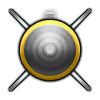 |  |  | |||||||
| 242.6 kg |  |  |  | |||||||
| 500.8 kg |  |  |  | |||||||
| 721.2 kg | 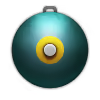 | |||||||||
| 996.3 kg | 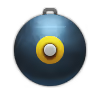 | |||||||||
| 964.8 kg | 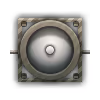 | |||||||||







 2 x (55 / 135 / 275) %
2 x (55 / 135 / 275) % 
 2 x 136 %
2 x 136 % 

Flight performance | |
|---|---|
Weaponry | ||
|---|---|---|